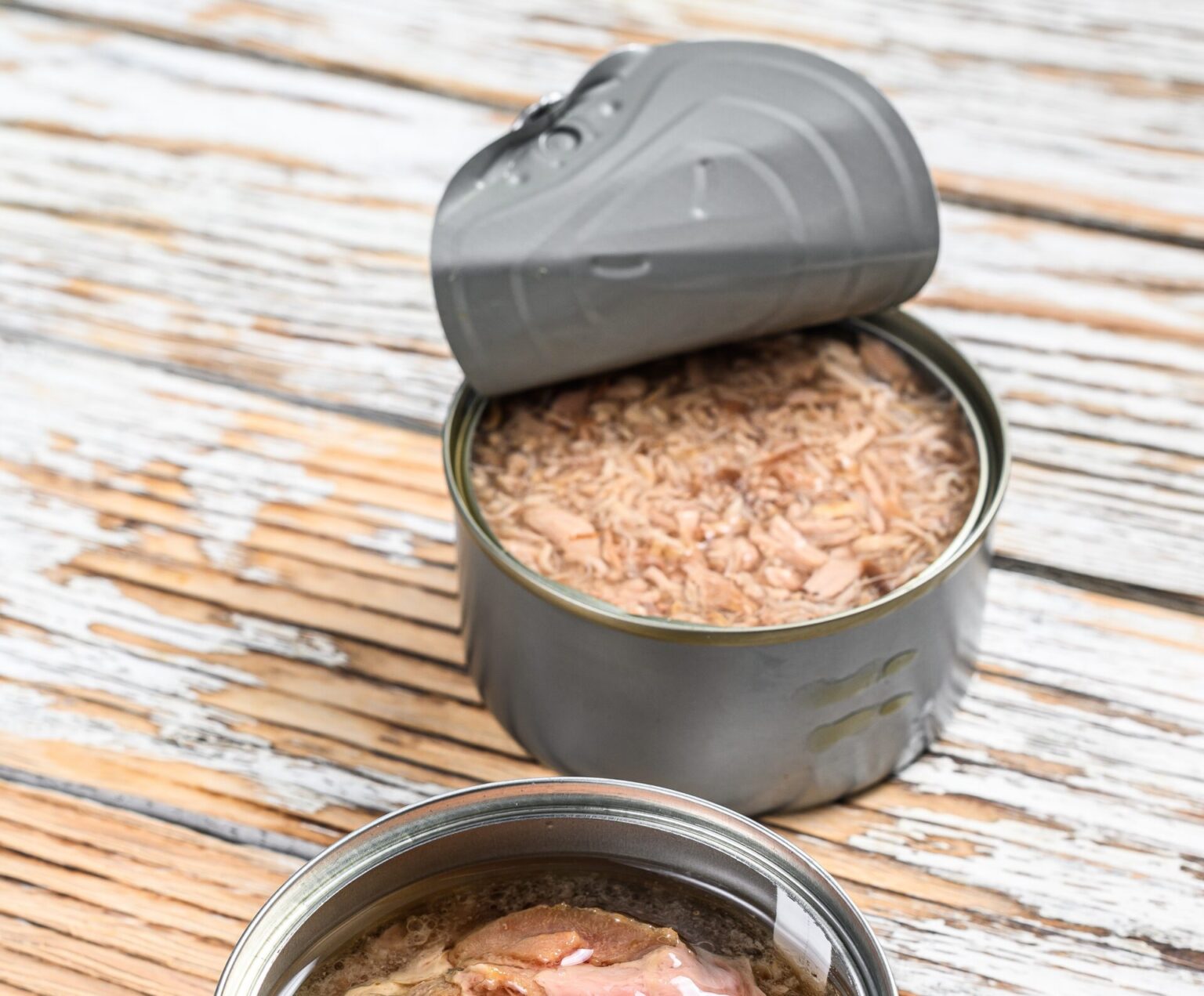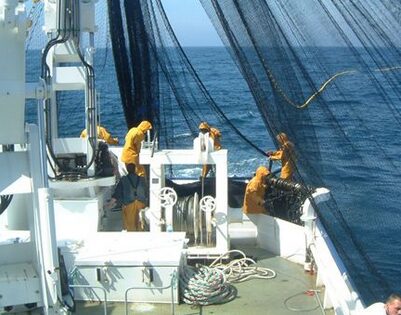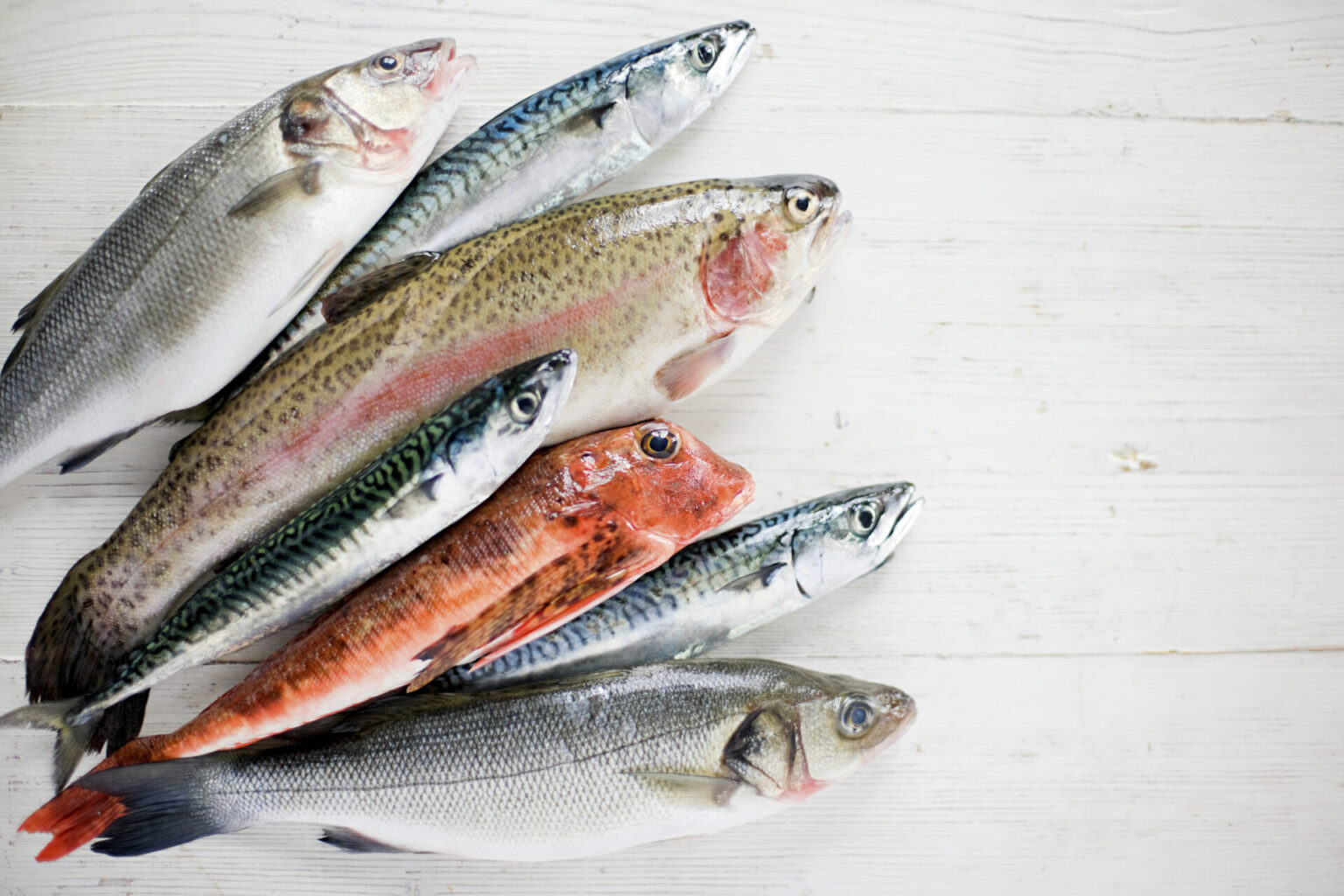Bloom and Foodwatch report alarming mercury levels in some canned tuna brands
Canned tuna is a staple in many households around the world, appreciated for its convenience, long shelf-life and nutritional benefits.
However, growing concerns have emerged about the contamination of this product with mercury, a heavy metal potentially hazardous to human health.
Recent reports, including those published by NGOs Bloom and Foodwatch, have highlighted alarming levels of mercury in certain brands of canned tuna, raising concerns about the risks associated with its consumption.
Here’s an in-depth analysis of mercury in canned tuna, examining sources of contamination, health effects, current regulations, results of recent studies, industry reactions, and providing recommendations for consumers.

Mercury: origin and contamination mechanisms
Mercury is a chemical element naturally present in the environment, but its concentrations have been amplified by various human activities. The main sources of mercury include :
Industrial activities :
The combustion of fossil fuels, including coal, mining, metallurgy and certain manufacturing industries, releases mercury into the atmosphere. Once in the air, this mercury can fall back onto soils and water bodies, contributing to environmental contamination.
Natural processes :
Phenomena such as volcanic eruptions and forest fires also release mercury, although these sources are less significant compared to human activities.
What is methylmercury?
In aquatic environments, mercury can be transformed into methylmercury by the action of micro-organisms.
This organic compound is of particular concern because it is easily absorbed by living organisms and tends to accumulate in the food chain.
Large predatory fish, such as tuna, are at the top of this chain and can accumulate significant concentrations of methylmercury by consuming contaminated prey.
Effects of methylmercury on human health
Methylmercury is recognized for its neurological toxicity. Excessive exposure can lead to a variety of adverse health effects, including :
Adults:
Neurological symptoms such as memory impairment, tremors, headaches and motor coordination disorders.
Pregnant women and infants:
Methylmercury can cross the placental barrier, affecting the neurological development of the fetus. This can lead to developmental delays, cognitive disorders and sensory deficits in children exposed in utero.
The World Health Organization (WHO)
classifies mercury as one of ten chemicals of very high public health concern, underlining the need to monitor and limit human exposure to this contaminant.
To protect consumers, regulations have been established to limit mercury content in seafood products. In Europe, Commission Regulation (EU) 2023/915 of April 25, 2023 sets maximum levels for certain contaminants in foodstuffs. For fresh tuna, the limit is set at 1.0 mg/kg. However, this regulation presents a number of inconsistencies:
Species disparities :
While the limit for tuna is 1.0 mg/kg, other fish have stricter thresholds. For example, the maximum mercury limit for some species is set at 0.3 mg/kg, raising questions about the uniformity of food safety standards.
Recent studies on mercury contamination in canned tuna
For processed products, the regulations apply mainly to fresh fish.
During processing, particularly canning, tuna undergoes dehydration, which can concentrate mercury. However, specific processing factors are not always clearly defined or communicated, making it difficult to accurately assess mercury levels in finished products.
These regulatory gaps have led to calls for revised standards to better protect consumers.
Investigations by non-governmental organizations have revealed worrying levels of mercury in canned tuna:
Bloom and Foodwatch Reports (2024):
After analyzing 148 cans of tuna from various European countries, the NGOs found that 57% of samples exceeded the maximum mercury content of 0.3 mg/kg, and 10% even exceeded the limit of 1.0 mg/kg set for fresh tuna. Some tins contained concentrations of up to 3.9 mg/kg, almost four times the permitted limit.
These results suggest widespread contamination, and underline the need to reinforce quality controls and current regulations.
Although these checks are not carried out by a certified laboratory, they do worry consumers. These concerns are strongly relayed and amplified by social networks.

Reactions from manufacturers and health authorities
Industrial reaction:
The major canned tuna brands, notably those implicated by Foodwatch and Bloom, have defended the quality of their products, claiming to comply with current standards. Some companies, however, have announced that they are stepping up quality control and testing of raw materials to ensure safer mercury levels. Others, on the other hand, downplayed the risks, stressing that moderate consumption of tuna poses no significant danger.
Position of health authorities:
France’s Anses (Agence nationale de sécurité sanitaire de l’alimentation) and EFSA (European Food Safety Authority) have taken note of the reports, but have not issued any immediate health warnings. They point out that regulations set a clear limit, and that consumers should adopt a diversified diet to limit their exposure to mercury.
Lobbies and economic pressures:
Tuna fishing is a major industry in several countries. Some experts believe that the authorities’ reluctance to tighten regulations may be linked to economic pressures exerted by manufacturers and producer countries.

Alternatives and recommendations for consumers
Although the presence of mercury in canned tuna is a reality, there are dietary strategies that can be adopted to minimize the risks. Here are a few key recommendations:
Limit consumption of canned tuna
– The WHO recommends no more than 150g of canned tuna per week** to avoid excessive accumulation of mercury in the body.
– At-risk populations (pregnant women, young children) should opt for other protein sources.
Varying fish sources
– Some fish are less likely to contain high levels of mercury. For example:
– Sardines
– Anchovies
– Mackerel
– Wild salmon
These species are not only safer, but also rich in omega-3s, which are beneficial for cardiovascular health.
Opt for responsibly caught tuna
– Some certifications, such as MSC (Marine Stewardship Council), guarantee more sustainable fishing, but do not offer specific guarantees on mercury content.
– So it’s important to cross-reference information and choose brands that regularly test their products.
Avoid processed products and prefer fresh fish
– Fresh or frozen tuna sometimes has a lower mercury content than canned tuna.
– By cooking your own fish, you can also better control the quality and quantity you eat.
Monitor health alerts and NGO reports
– Organizations such as Foodwatch, Greenpeace and Bloom regularly test commercial products and publish their results.
– By consulting their reports, you can better guide your consumption choices.

How can long-term mercury contamination be reduced?
The problem of mercury in the oceans is not limited to tuna consumption. It’s a global environmental issue requiring concrete action at various levels.
A reduction in industrial emissions
– Strengthen regulations to limit industrial mercury emissions.
– Encourage the use of clean energy sources to reduce air pollution.
For better control of seafood products
– Impose regular tests to detect mercury levels in marketed fish.
– Require manufacturers to indicate heavy metal content on product labels.
Encouraging more sustainable fishing
– Support initiatives to preserve marine ecosystems and reduce overexploitation of species most affected by contamination.

Let's be enlightened consumers!
The presence of mercury in canned tuna is a matter of concern that must not be overlooked. NGO reports have highlighted sometimes alarming levels, although health authorities are keen to reassure consumers of the dangers of moderate consumption.
Faced with this reality, consumers need to adopt more enlightened eating habits by diversifying their fish sources and keeping abreast of contamination levels. It is also crucial that public authorities and industry take responsibility for ensuring a safer diet and protecting future generations from the harmful effects of mercury.
Ultimately, the solution lies in a joint approach involving consumers, industry and governments to limit pollution and ensure access to safe, high-quality seafood.



